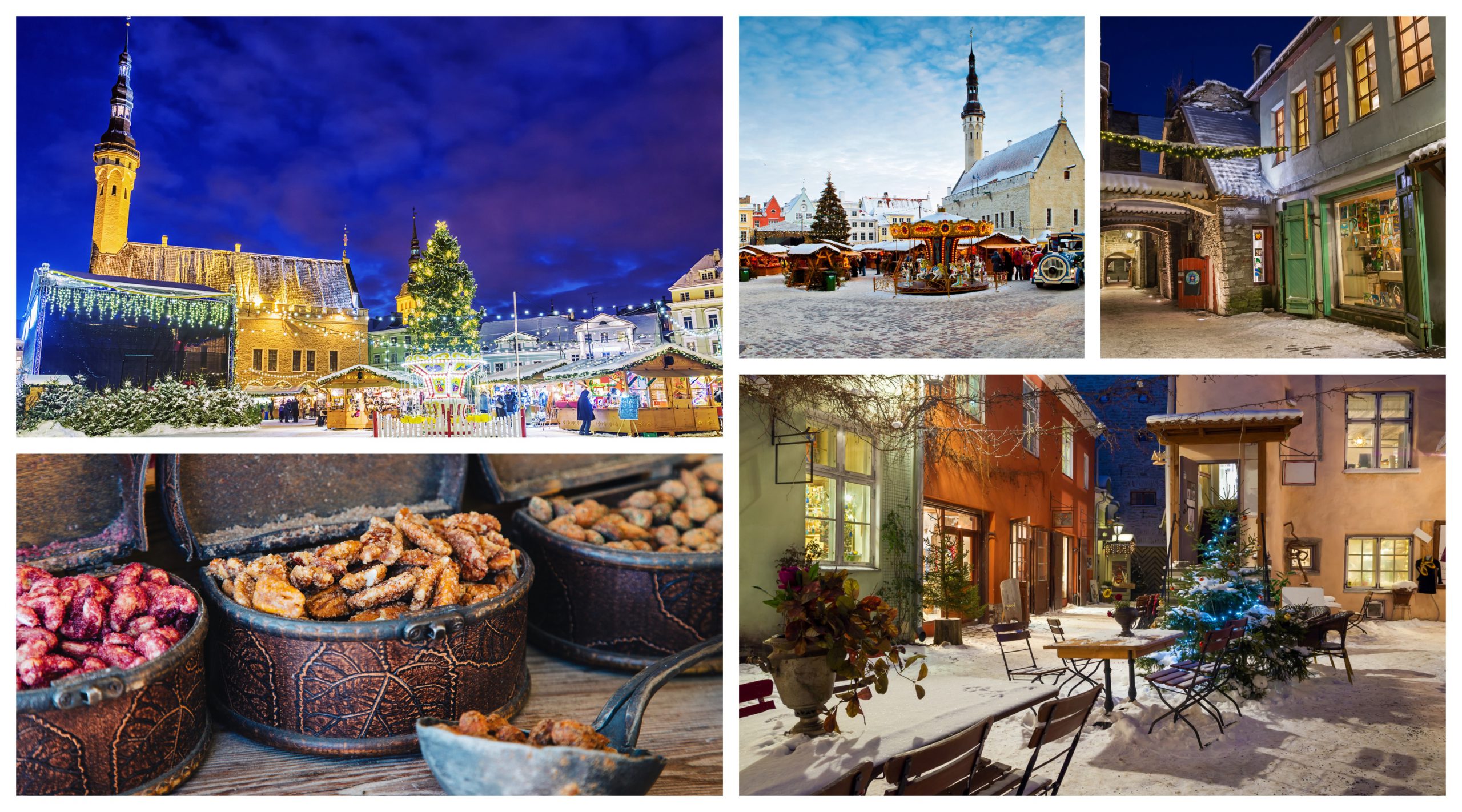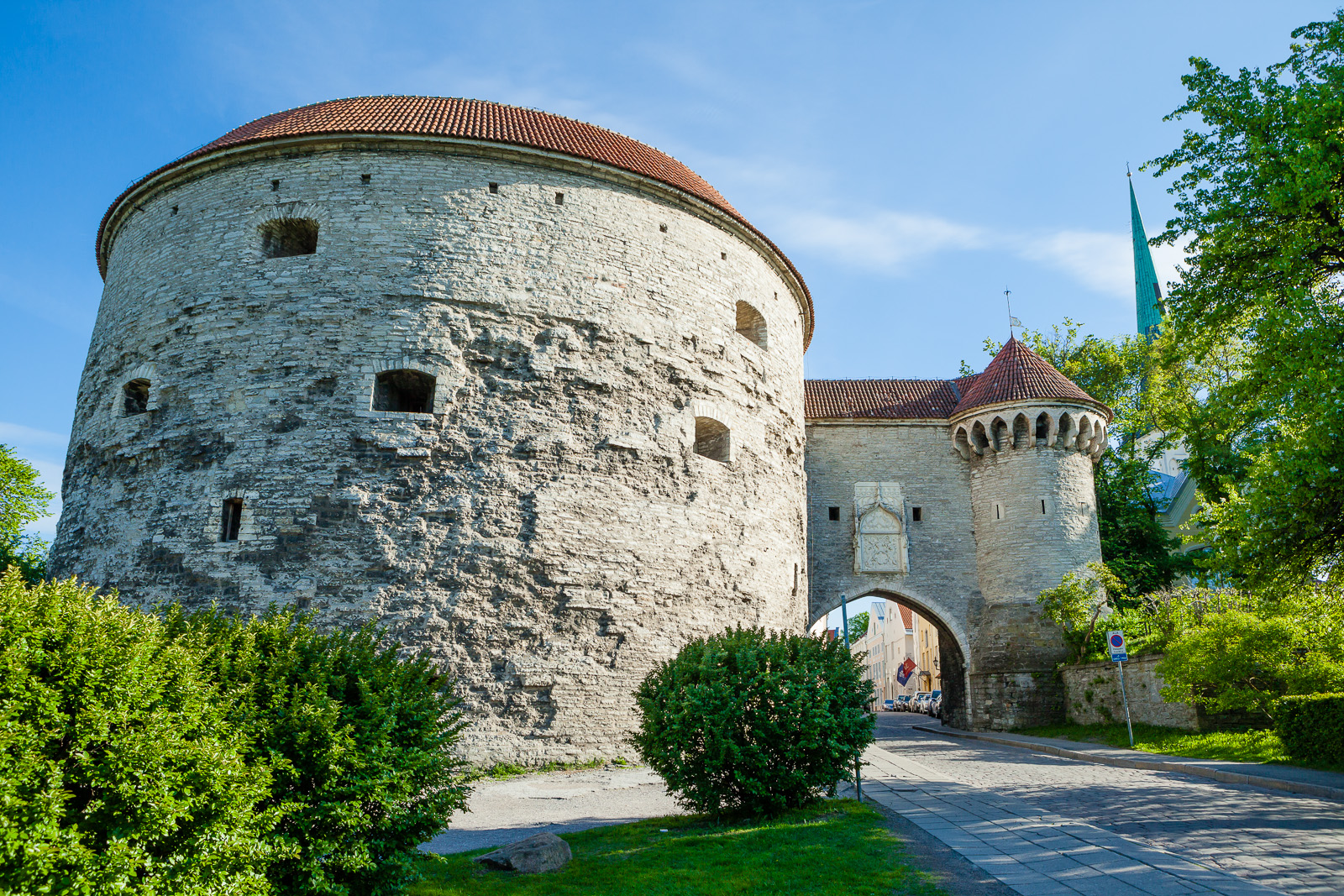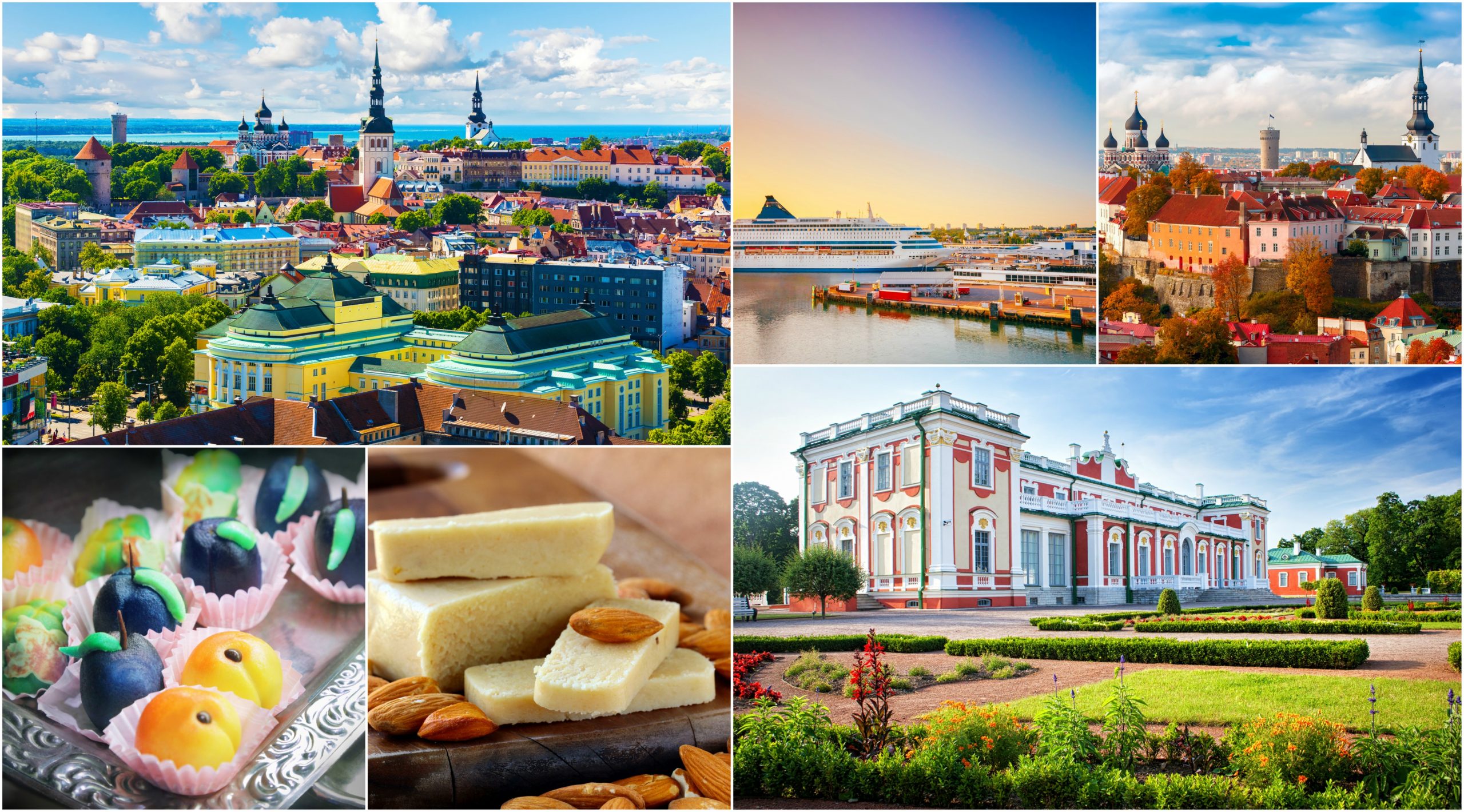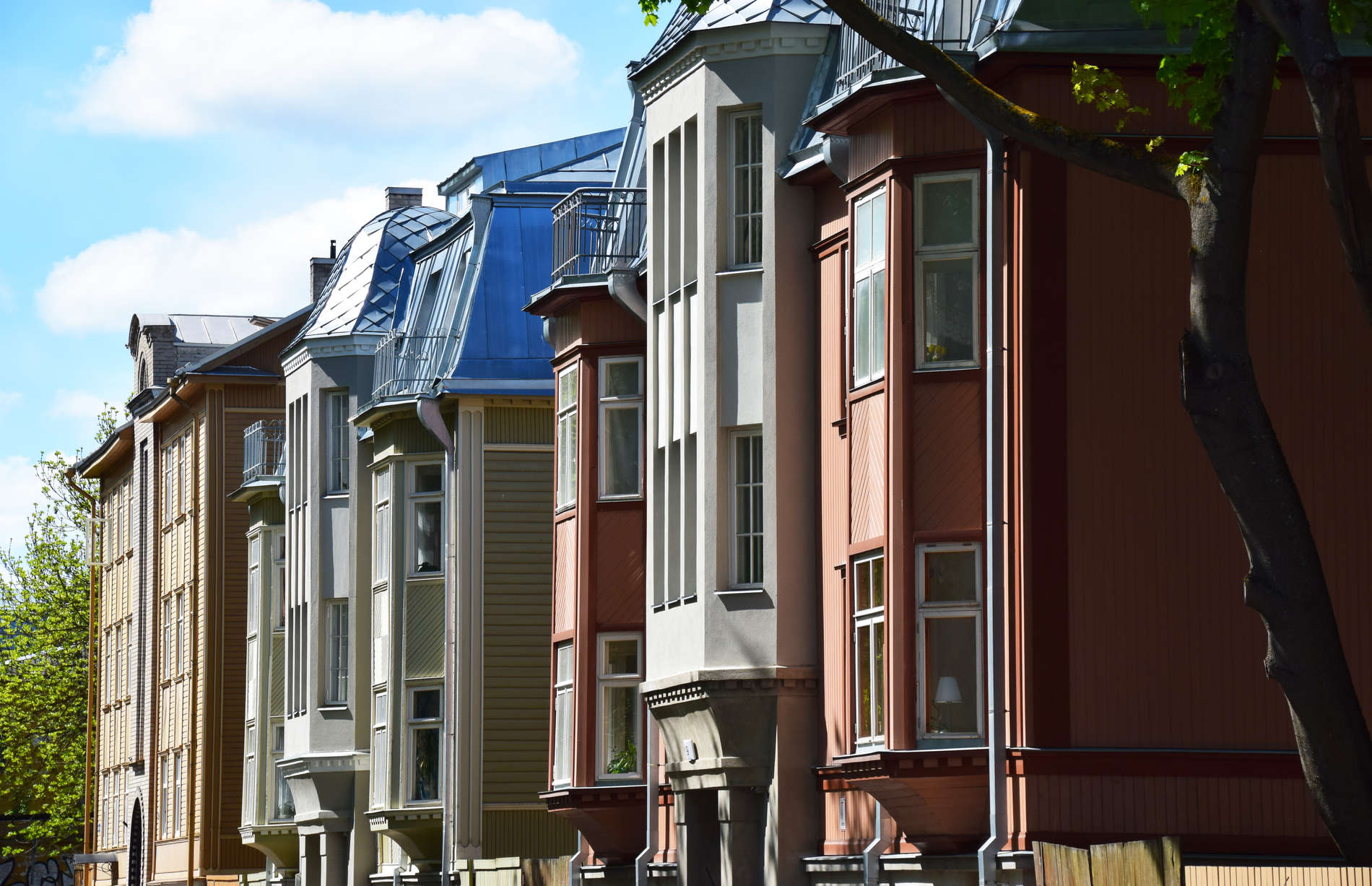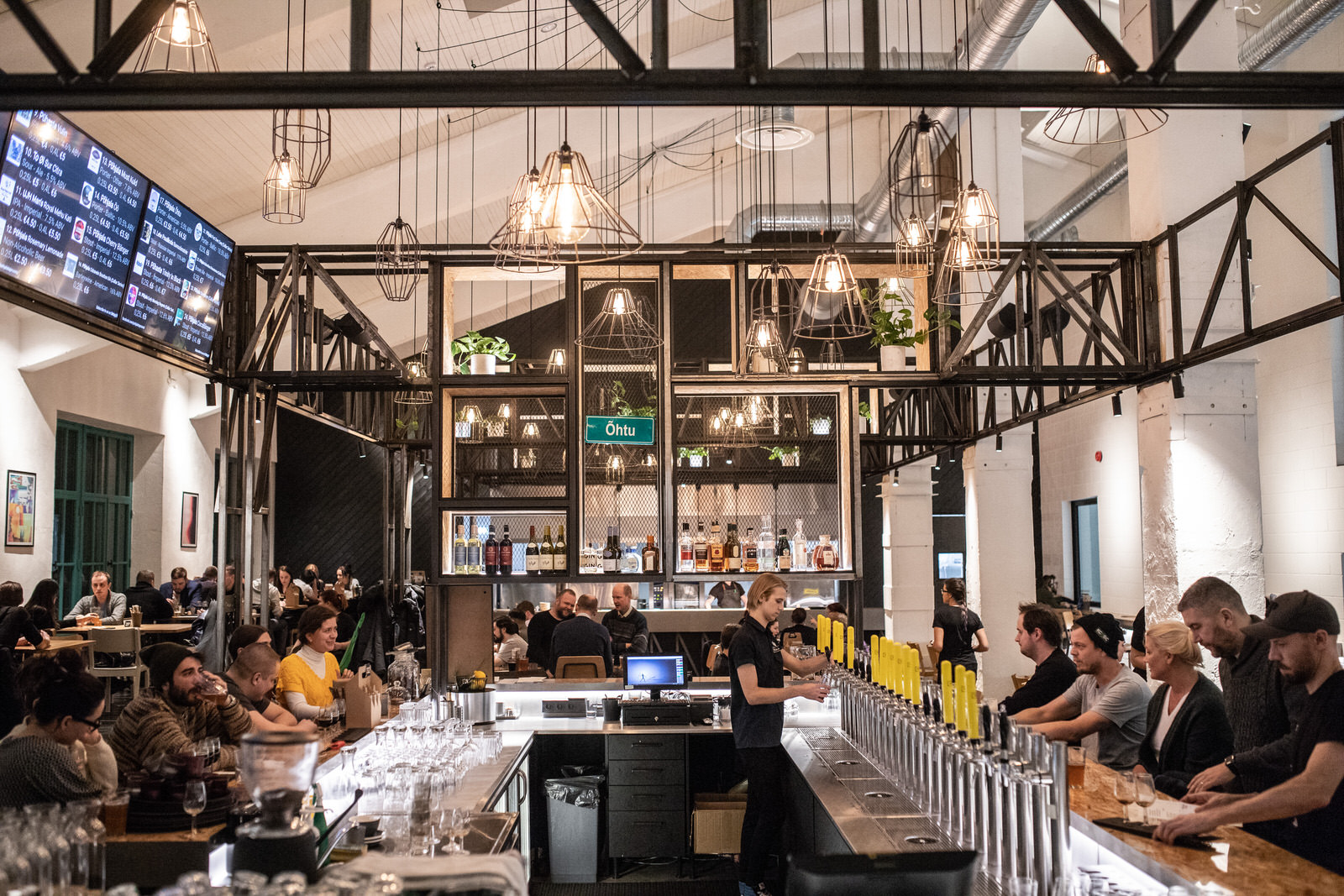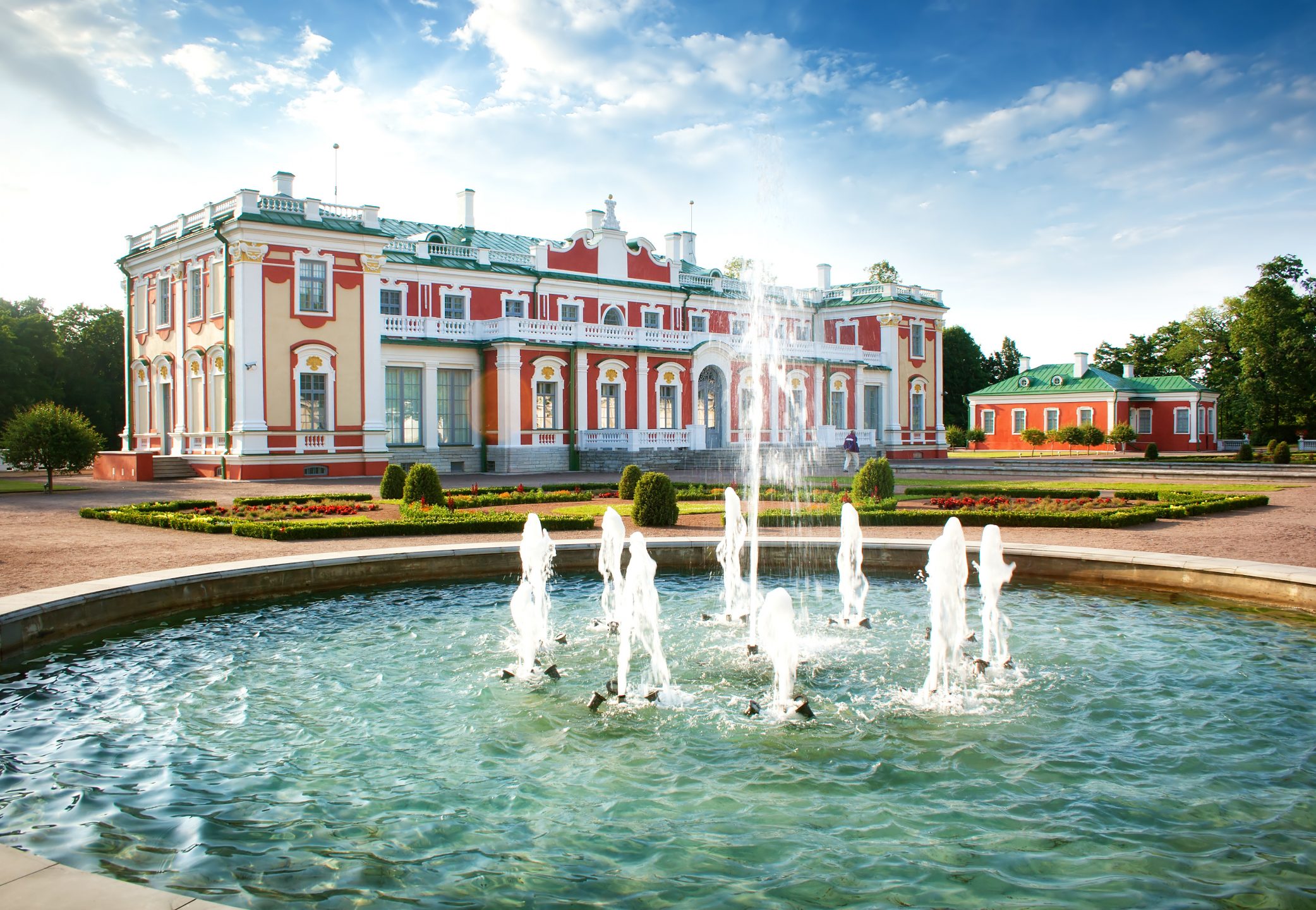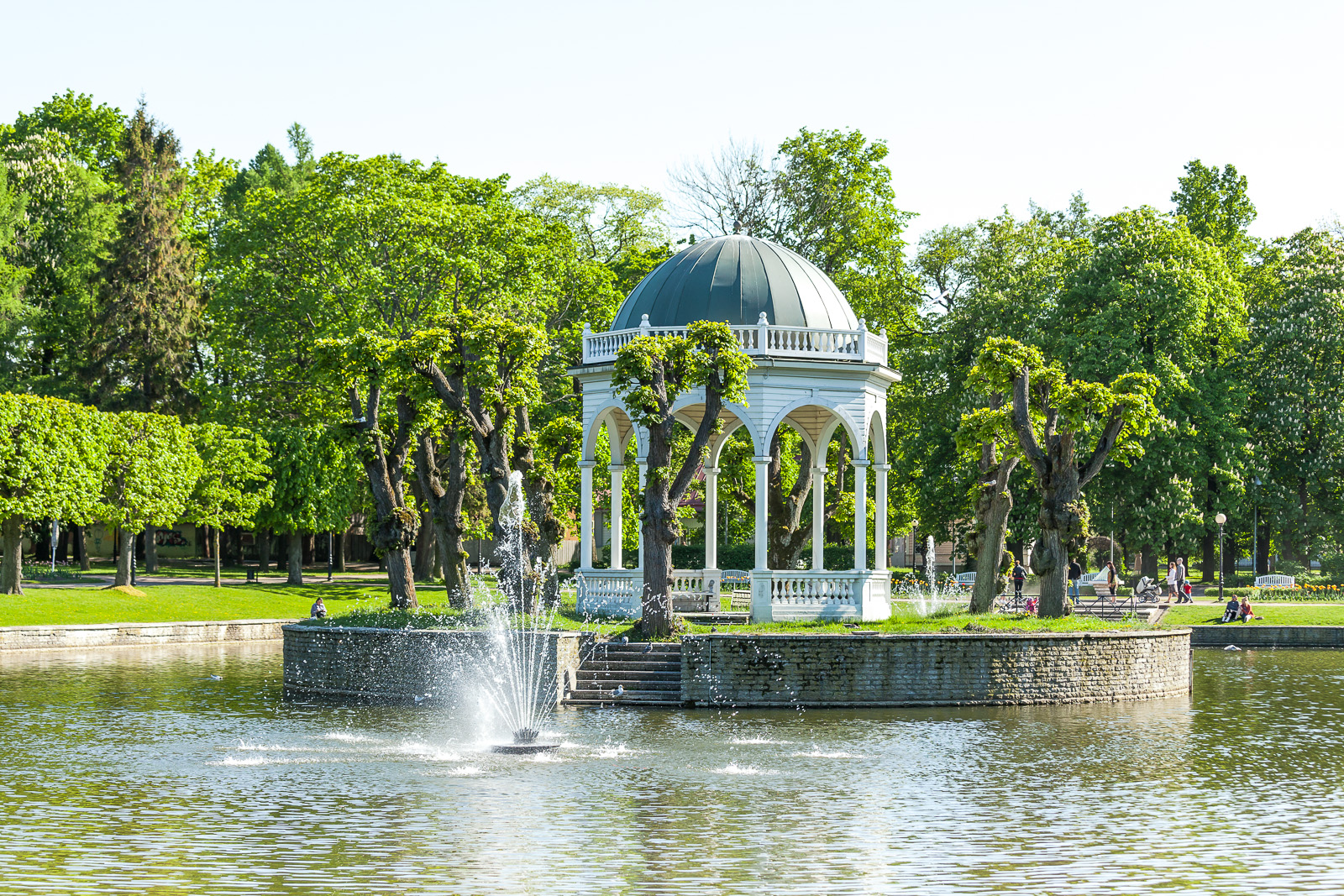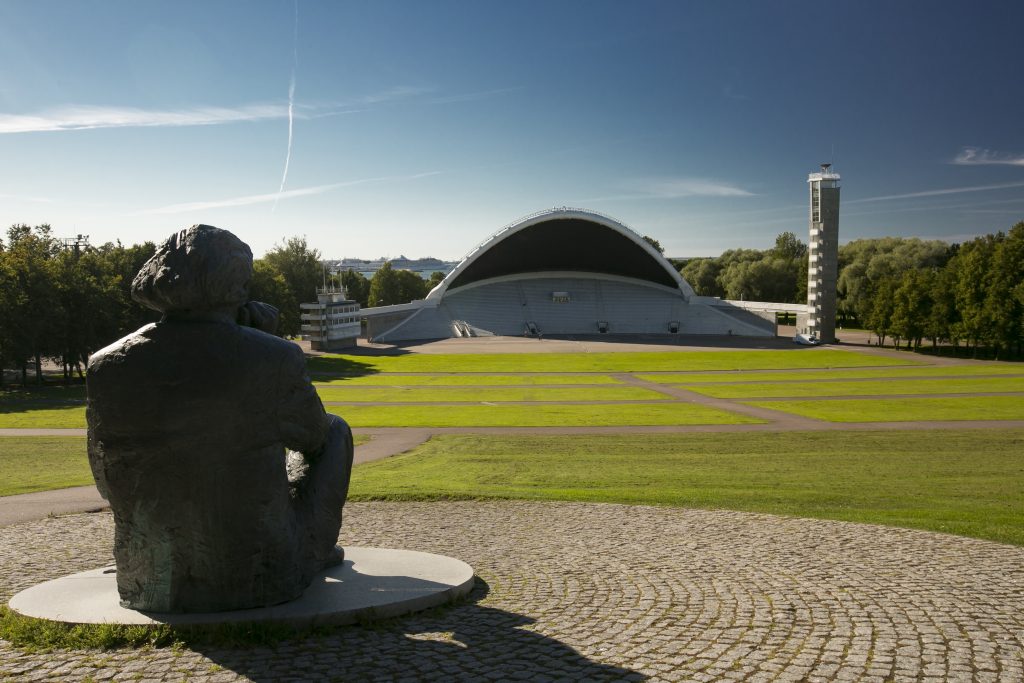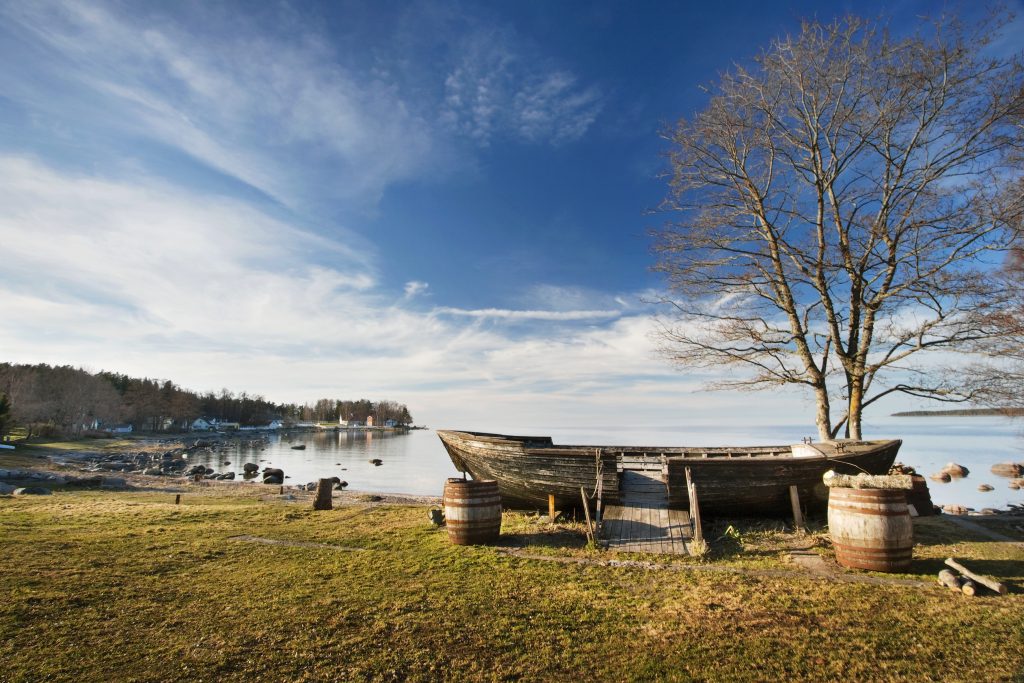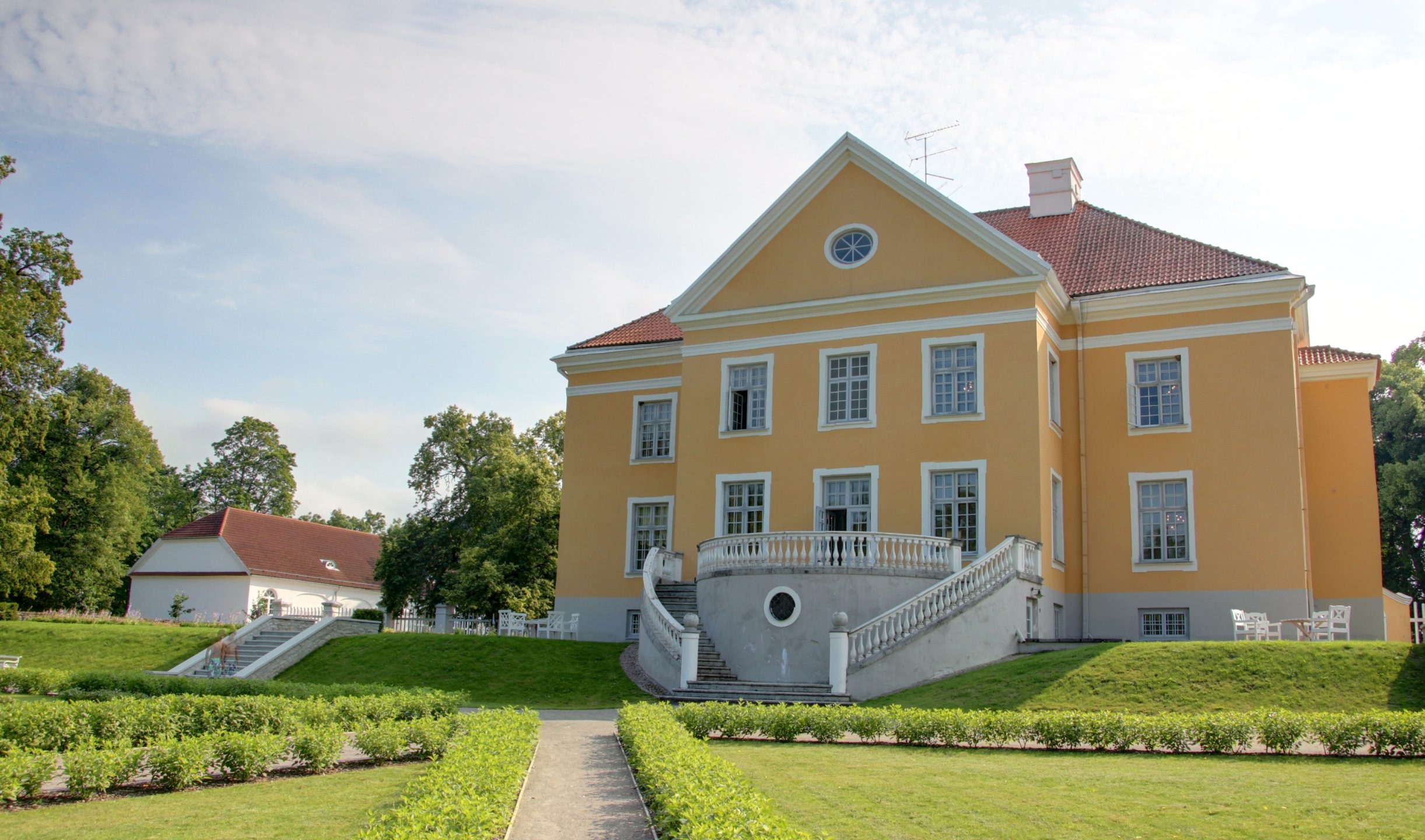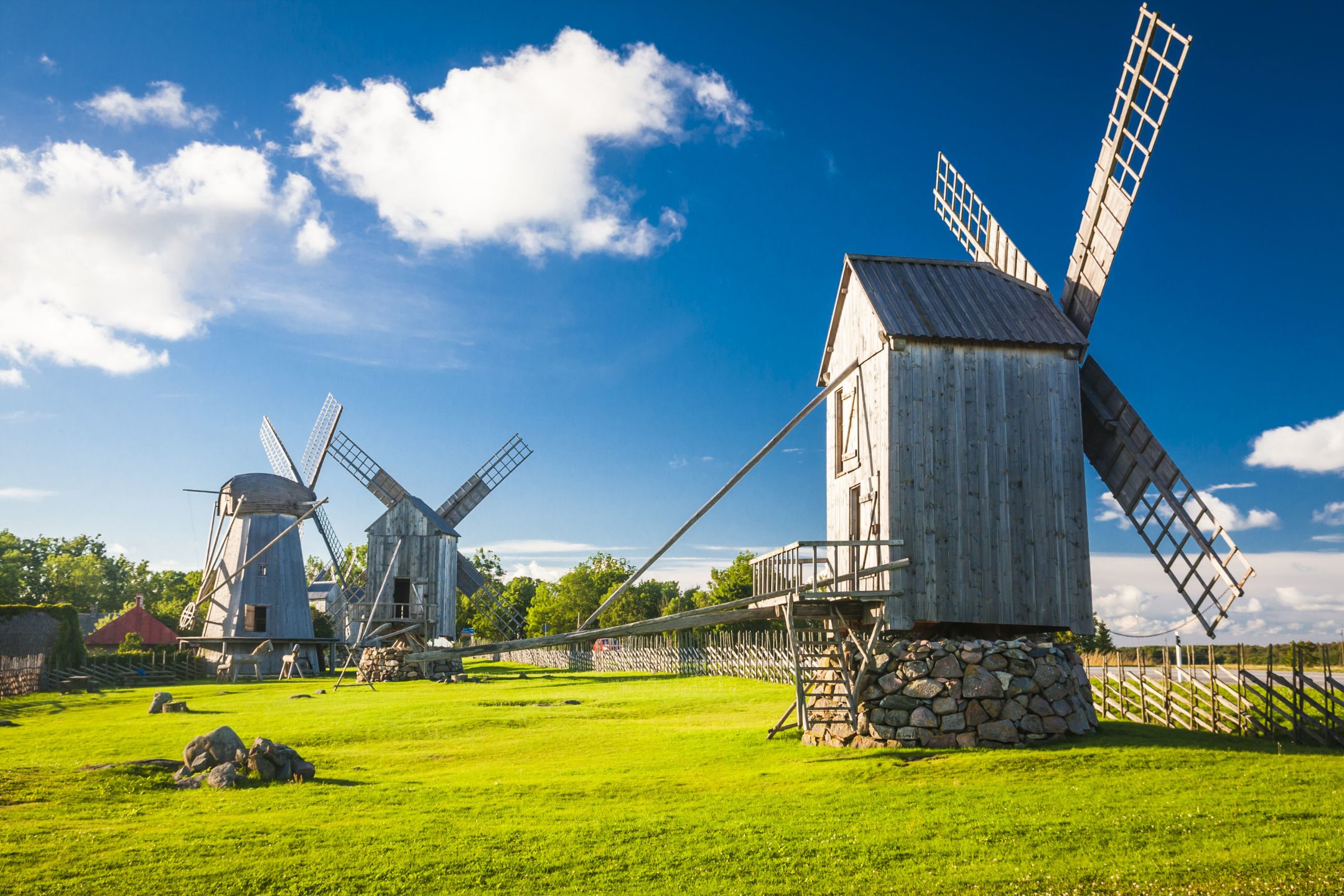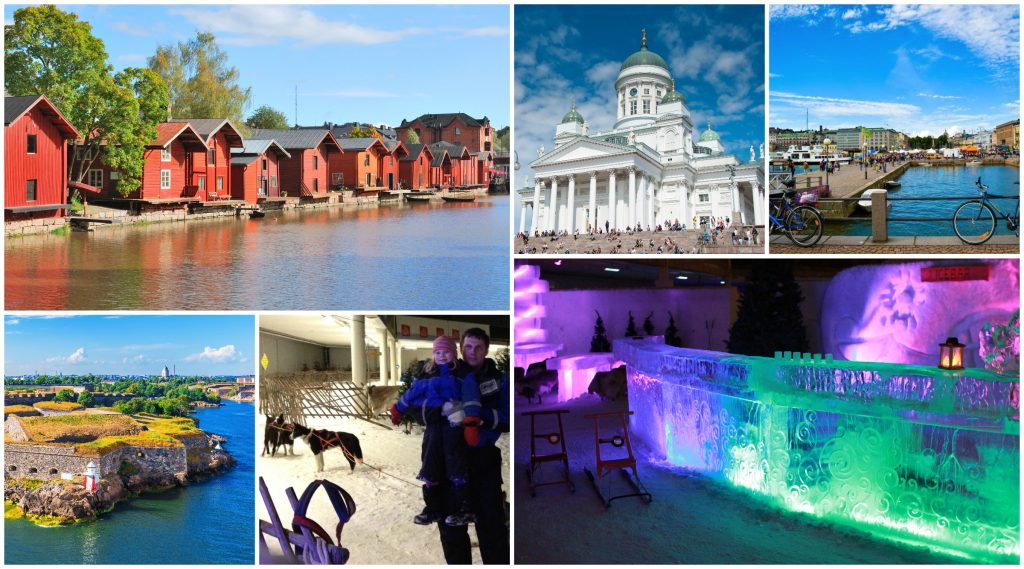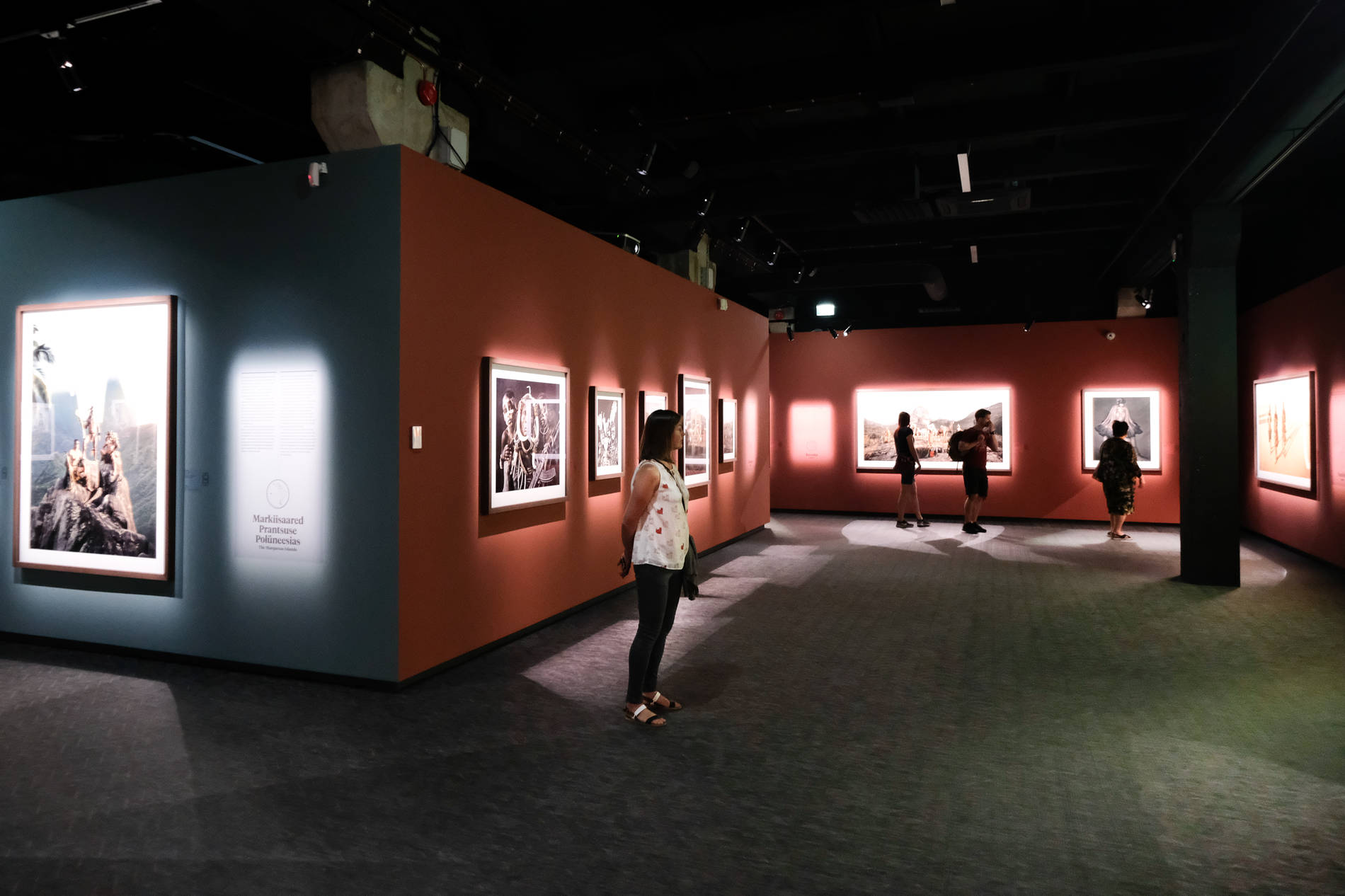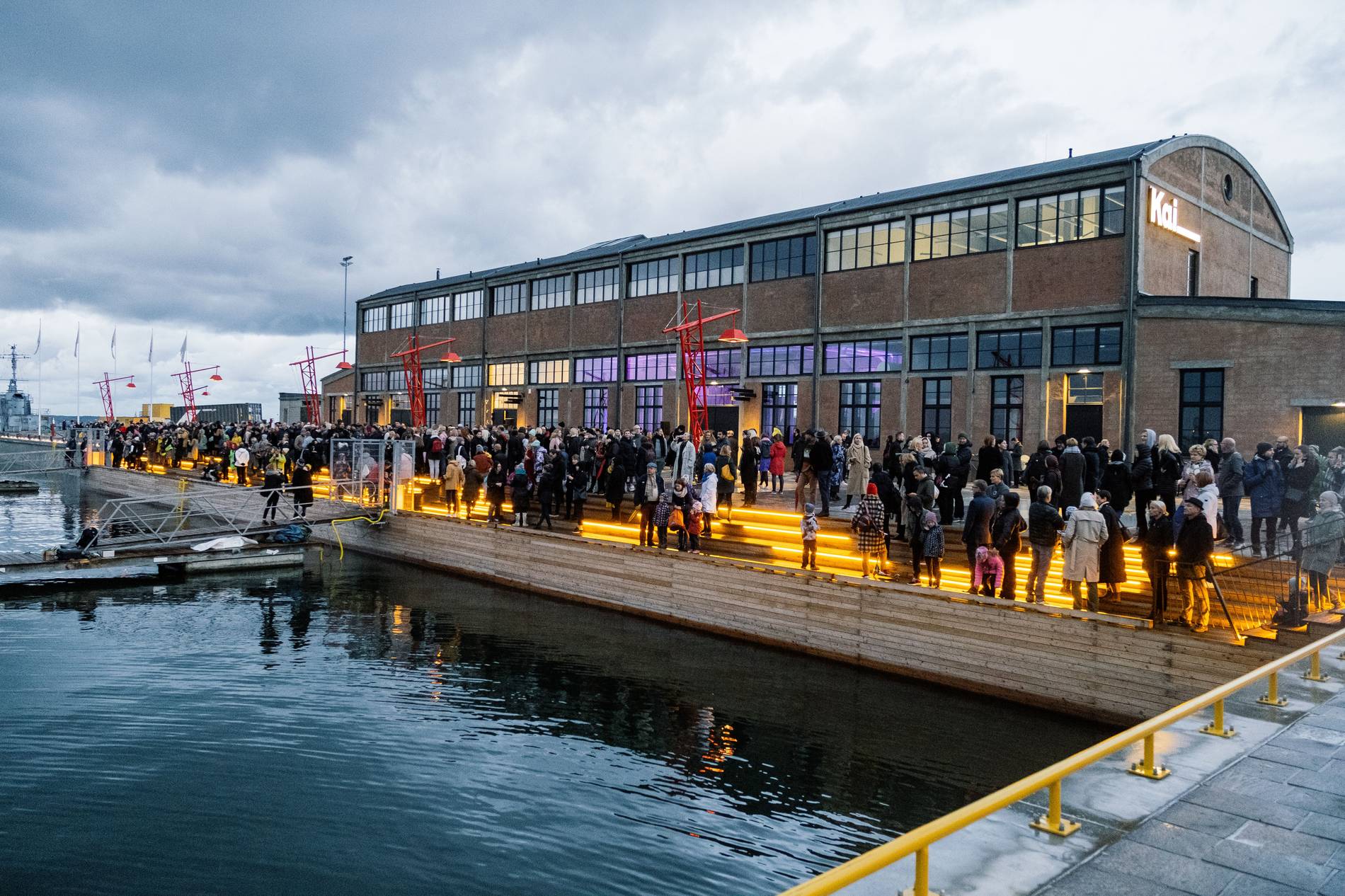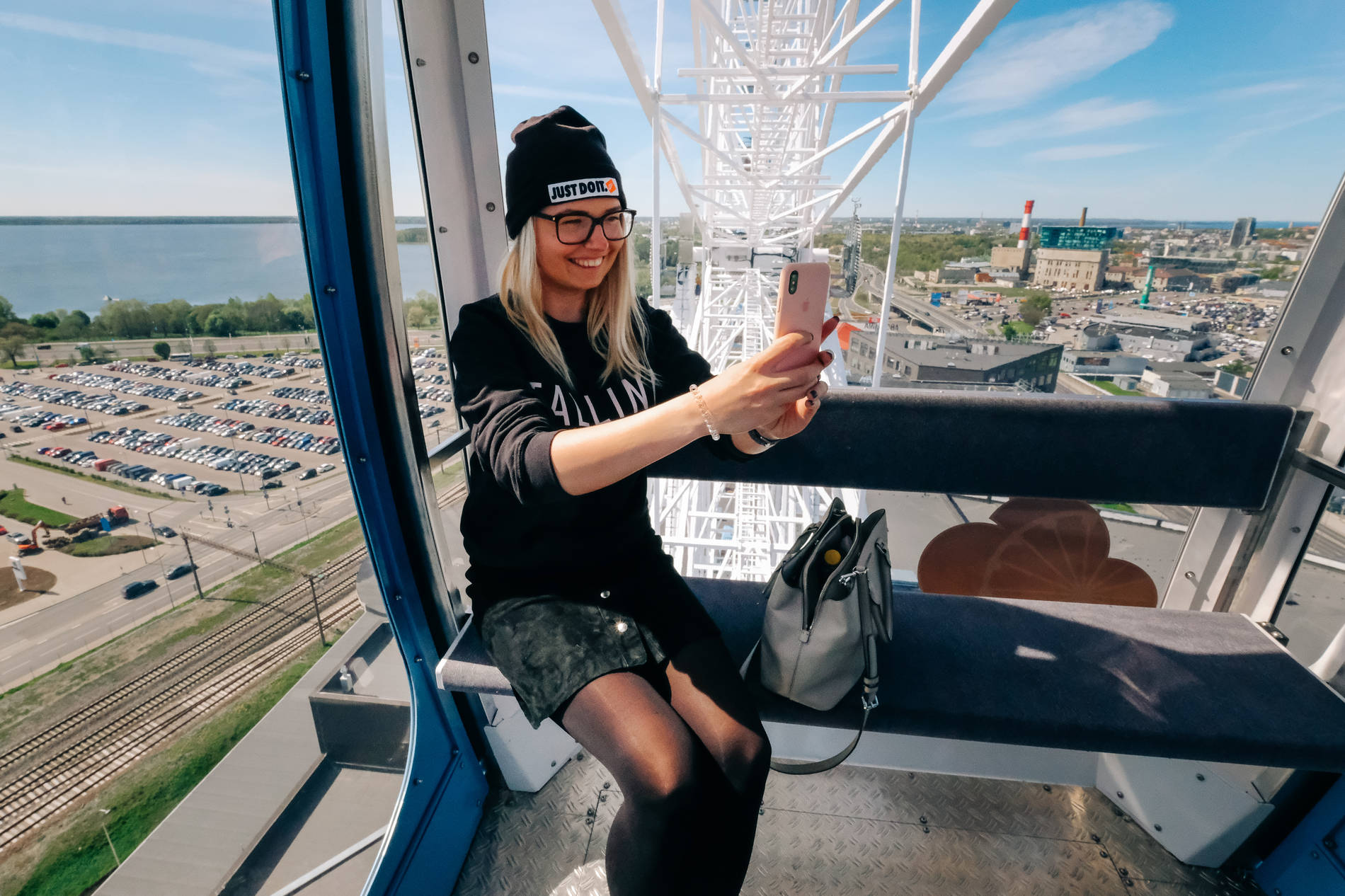The journey through the exhibition of the Estonian Maritime Museum in the Museum and Visitor Center of Fat Margaret is a visit to Estonia as a maritime country. The story of Estonian seafaring from the medieval maritime trade, which has never been exhibited before, to the modern cruise shipping will be unrolled before your eyes. The story is told with the help of almost 700 historical items, the rich collection of ship models of the Maritime Museum with 17 models which were specifically ordered for the new exhibition, as well as nearly 50 digital and ‘hands-on’ solutions. Learn more about the rich culture of Tallinn and Fat Margaret on Medieval Tallinn Private Walking Tour.
By the sea to wealth – the beginning of the story of maritime trade in Tallinn lies in the Middle Ages
A significant share of the traffic between Tallinn, which was included in the Hanseatic League, and its port occurred through the Great Coastal Gate (Suur Rannavärav), thus, this is the best place for telling the story of how Tallinn became wealthy by taking advantage of the sea. The complex of the Great Coastal Gate is included in the list of UNESCO World Heritage sites as part of the Old Town of Tallinn. Read more about the history of the Great Coastal Gate
At the museum, you can:
-
study archaeological finds, including fragments of the fortifications which preceded the Fat Margaret artillery tower. Fragments of the wall and channel from the 14th and 15th centuries were found in the course of building the new museum in 2018 and have helped to gain better understanding of the history of the place.
The star exhibit of the museum is the almost 20-metre long wreck of a cog which is a good source of information about the era it is from. A cog is a medieval cargo vessel with one mast and high broadsides which was mainly used on the North and Baltic Seas. Finding of the cog underground in Tallinn in 2015 was rare in the entire Europe, as the hull of the vessel is almost completely preserved, as well as thanks to the nearly 700 items found around the wreck which tell us why, how, and where the vessel and its crew were headed to. Read more about the discovery of the cog
In the cog hall, i.e. the former courtyard of the museum and in the two-level exhibition room, you can:
-
learn how extensive the network of the Hanseatic trade cities was and which goods were shipped;
-
get an idea of the structure of a cog and other types of medieval vessels;
-
hear the tails about the correspondence of merchants and learn about the weight units and currencies used at the time;
-
see the gallery on the discovery of the vessel and how it was delivered to the Maritime Museum.
Pushed and pulled by winds – the centuries-long sailing ship era
The first floor of the artillery tower is devoted to sailing ships, which used to deliver goods from more and more distant locations and led to discovering new territories. Estonians started building large sailing ships in the middle of the 19th century. The vessels built in this country crossed the equator, sailed around Cape Horn, and reached other far-away ports.
In the hall of sailing ships, you can:
-
see detailed full or cross-sectional models and half models which served as the preliminary design as well as construction drawings for Estonian ship builders;
-
examine the shipbuilding tools which were used to make wooden vessels in coastal areas of Estonia;
-
see exotic items, get acquainted with the life of a seaman on a sailing ship, and hear colourful tales of the journeys of Estonian seafarers;
-
with the help of numerous digital solutions, get an overview of the network of maritime trade, of the development of the types of sailing ships, of the journeys of Baltic German explorers, as well as of the historical background through four centuries;
-
in the navigation room, see the best selection of the navigation instruments from the collection of the Estonian Maritime Museum which have not been exhibited before, and a digital overview of the lighthouses found in this country, complete with the models.
Steam changes the world
The first regular steamboat line of Estonia was on the route of Stockholm–Turku–Helsinki–Tallinn–St. Petersburg which was launched in 1837 and was run by the paddle-wheel steamboats Storfürsten and Fürst Menschikow. While in the great maritime countries the total tonnage of steamboats already exceeded that of sailing ships by the end of the 19th century, this only occurred after World War II in Estonia. Thereafter, the Estonian cargo ship fleet increased rapidly and, in the end of the 1930s, the gross tonnage of the cargo fleet per 1,000 residents was 7th highest in the world and 3rd among the Baltic Sea countries.
In the hall of steam-powered vessels, you can:
-
see most of the new ship models which were ordered for the exhibition from ship model makers of Estonia, the Åland Islands, and England;
-
study various items from steamships and various items which used to belong to seamen;
-
select a desired maritime trip from Haapsalu to St. Petersburg or from Kuressaare to Stockholm by using the digital solution and examine the adverts of passenger vessels or the daily lives of the boilermen and mechanics on board of a vessel;
-
get acquainted with the stories of Estonian shipping companies between the two World Wars and the most important articles of export and import in the period from 1880 to 1940.
The tireless development of technology
In the second half of the 20th century, steamboats were mainly replaced by motor vessels which brought along a significant jump forward with respect to the navigation technology. The number of crew members decreased, the number of passengers and the volume of cargo increased. The search for efficient and environment-friendly technological solutions is still ongoing.
On the highest floor of the exhibitions, the floor of motor vessels, you can:
-
see the models of the most significant Estonian cargo, passenger, and fishing vessels;
-
take a look at the newer and older uniforms and items related to the vessels and to the crews;
-
hear the tales of older and younger seamen of the life on a ship;
-
step on the navigation bridge which was inspired by the most modern ship on the Baltic Sea;
-
use the digital solutions to get an overview of the density of the modern maritime traffic, of various types of vessels, of the functioning of ship engines, and of industrial fishing;
-
test yourself by solving various navigation tasks of various levels of difficulty involving navigation aids;
-
send vessels on their way and receive notifications from the log even after having left the museum.
Use the app to watch the curators introduce selected exhibits from the halls of the cog and sailing ships.
A logical extension of visiting the Museum and Visitor Centre of Fat Margaret is seeing the interactive exhibition of the Estonian Maritime Museum at the Seaplane Harbour which is mainly dedicated to maritime technology from the 20th century.
